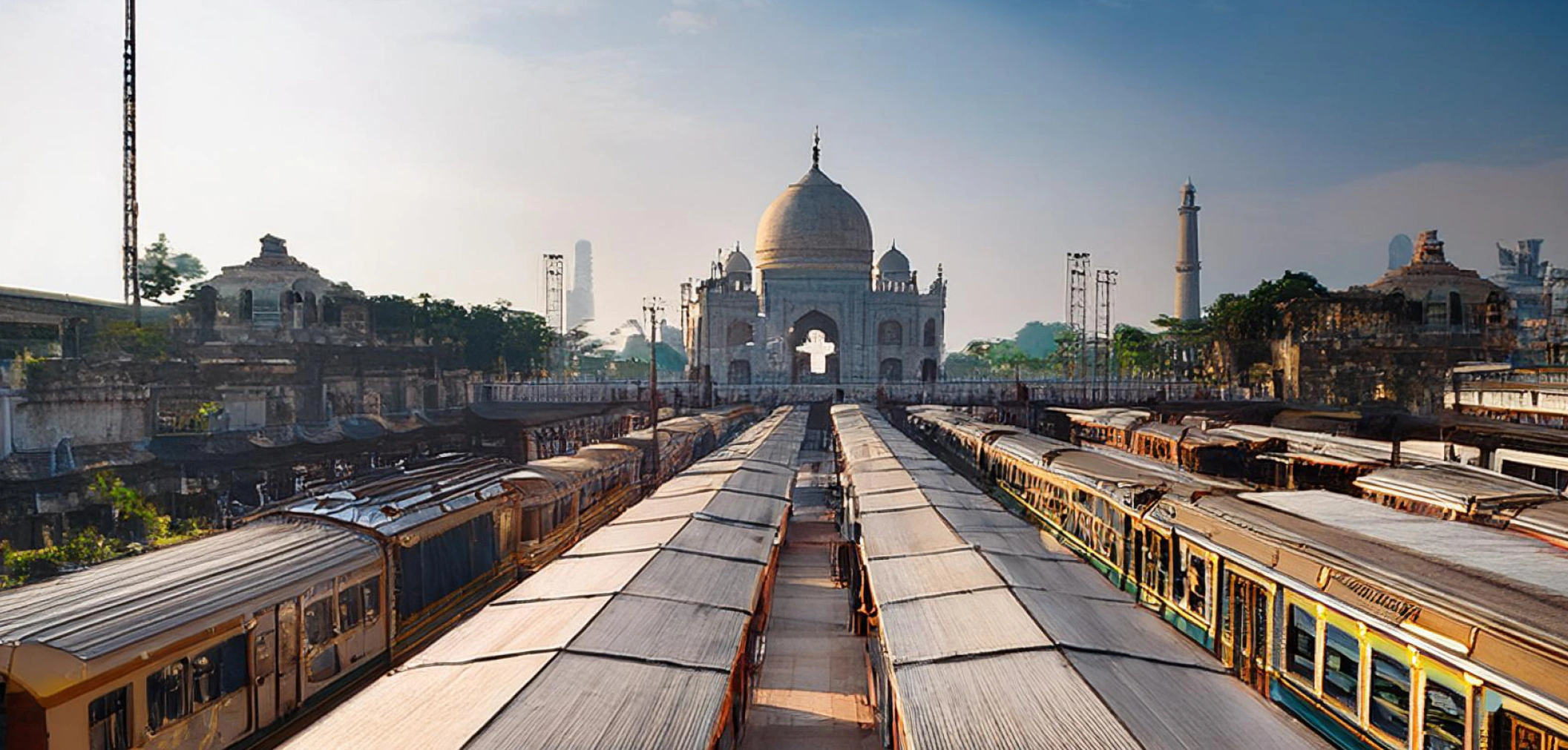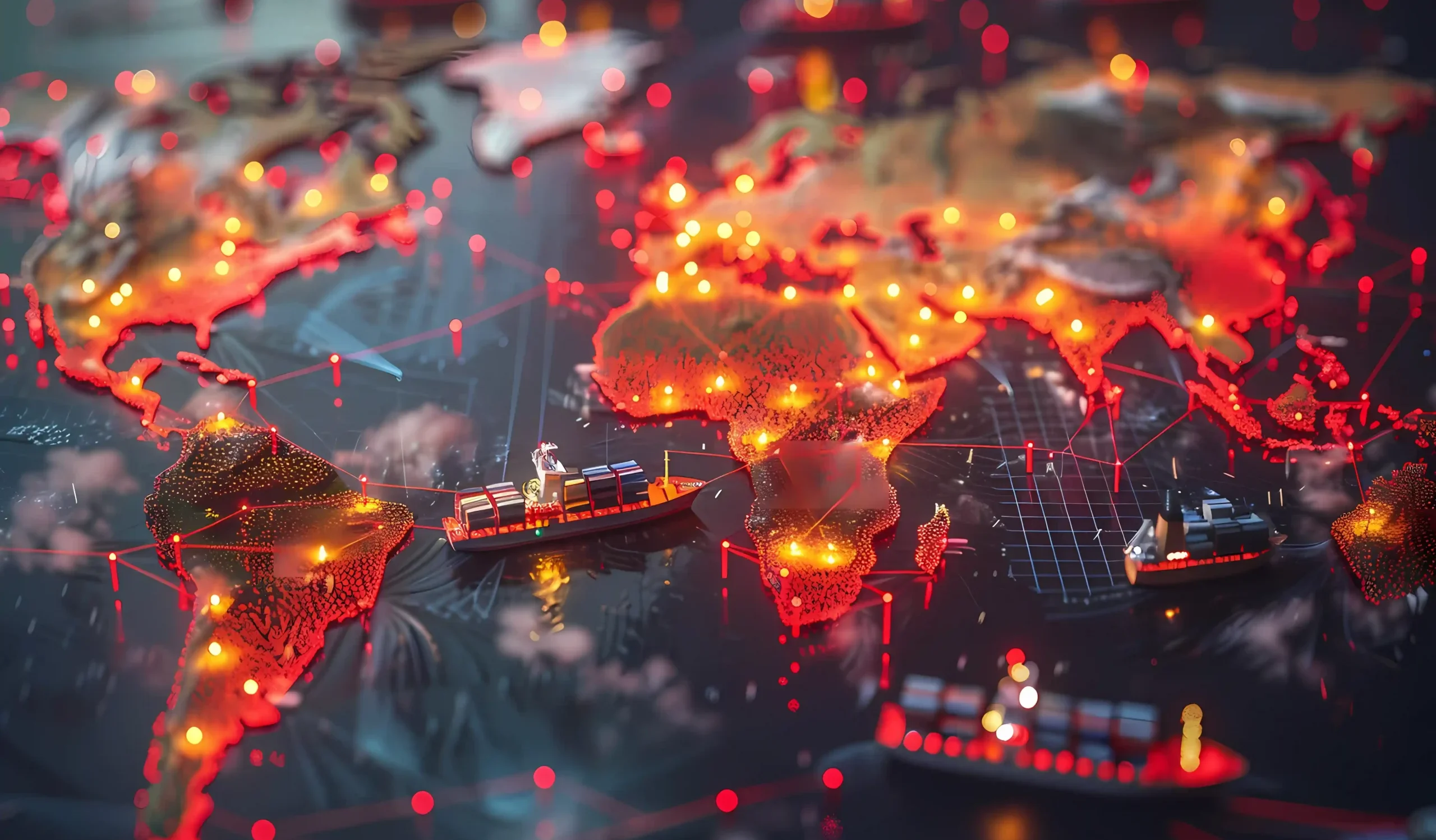Middle East Economy
A New Renaissance

Long gone are the days of the traditional economy, which only relied on agriculture and the trading of natural resources. Modern day heavily relies on technological development and the world economy is also changing its trends. One such interesting shift can be seen in Middle Eastern countries like Dubai, Saudi Arabia, and Qatar. It may seem unlikely and difficult to imagine a technology-driven Middle East because of the typical; stereotyping of Arab nations in Hollywood films. Arabia is indeed a land of unparalleled charm with its vast deserts, reservoirs of oil, and, of course, a dazzling monarchy.
Main Economic Drivers in MENA
According to the U.S. Energy Information Administration, the Middle East will account for about 35% of global oil production and 52% of global oil reserves in 2020. But with the changing dynamics of the world, the UAE is looking for greener pastures and is trying to diversify its economy.
To pursue this endeavor, some of the projects are a matter of immense interest for the stakeholders and world powers. Although Dubai is the economic center and cultural hub of the UAE, efforts are being made to transform other states of the UAE as well. Recently, Qatar hosted the FIFA World Cup and it brought new traction like cultural diversity, tourism, and entertainment to the country.
The image, which rested solely on being oil producers and gigantic architecture, is gradually becoming inclusive of other economic aspects, as introduced in their new models and diversification plans.
Take Saudi Arabia as an example, where Crown Prince Muhammad Bin Salman has initiated many new projects to make the Middle East greater than Europe. Saudi Arab Vision 2030, and the jewel in the crown, NEOM City, are some of the mega projects holding investors’ attention. In similar steps, neighboring Gulf countries are also collaborating to foster synergy between modern technologies and tourism, architecture, and real estate. It is a timely and welcomed investment in soft power and a move towards “cloud capital.”
The Gulf Cooperation Council (GCC) is a platform for member states, including Saudi Arabia, Kuwait, the United Arab Emirates, Qatar, Bahrain, and Oman, a political and economic alliance to work on the future of the Middle East. The goal is to look for new avenues instead of solely relying on oil production and oil energy. New economic horizons like renewable energy and information technology are not only being explored but investments are being made to make the economic front inclusive. Energy production is reimagined with specific attention to climate challenges and prospects for solar, wind, and electric energy are considered.
In addition, infrastructure is made more environmentally friendly to maintain the majestic taste of Arabian architecture while also ensuring environmental sustainability.
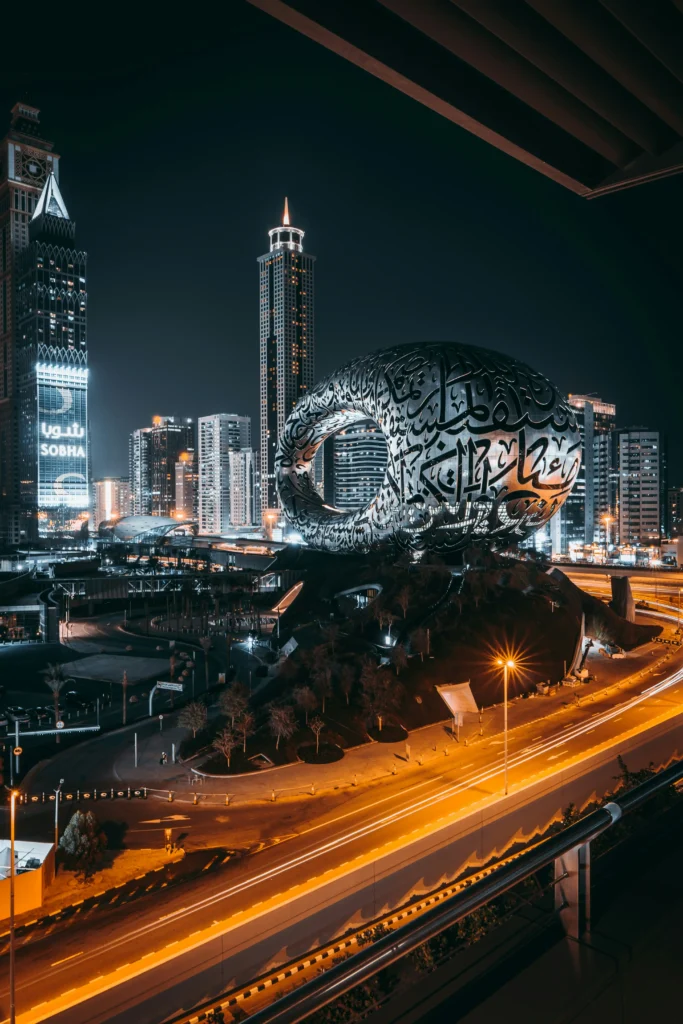
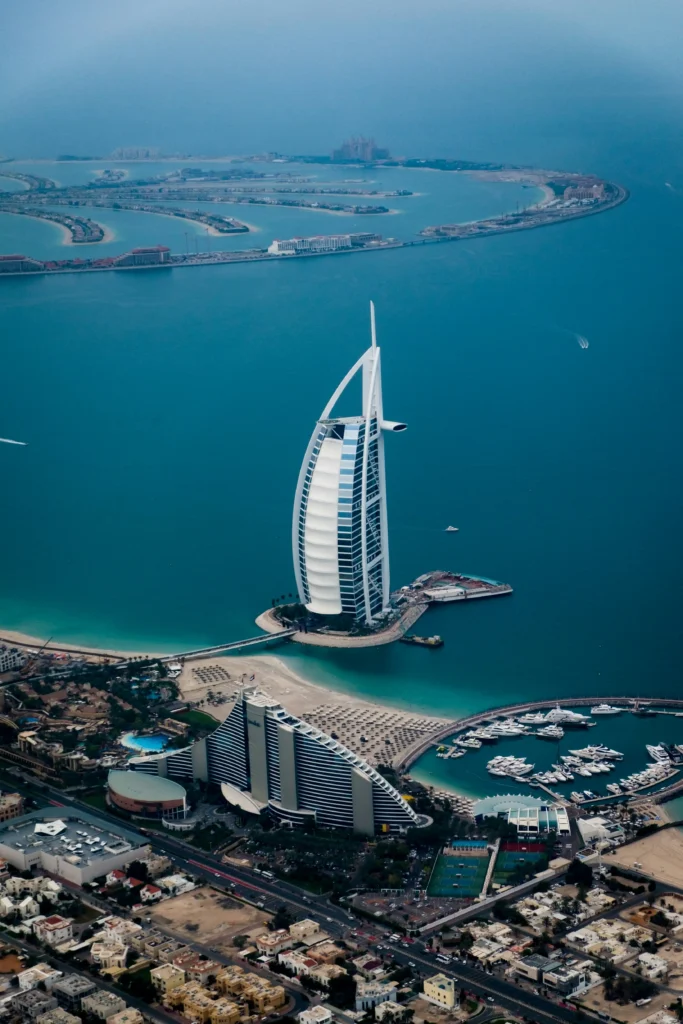
Non-Oil Business Expansion:
Today, the Middle East has carved out expansion in many sectors including e-commerce and Retail extension, IT, Education, and business development. Not only state sectors but distinct organizations and individuals are setting up a framework to chase growth generating a powerful momentum, showing a clear sense of bold aspiration and vision across the region. IT expansion plays a crucial role in flourishing the Middle East with smart city initiatives towards digitalization along with significant growth and investments in infrastructure, urban planning, and public services. The substantial investment in crafting marvelous architecture and infrastructure is drawing the supreme attraction of tourism in the region.
The evolving retail sector is primarily adapting to innovation in business strategies following the rapid influence of digital media. Many dedicated individuals and organizations use these platforms to upbeat their retail businesses, especially the beauty industry is thriving through social media. Retailers are enhancing local logistics to polish their customer experience and are experimenting with many hybrid retail models by merging online and physical shopping experiences. E-commerce has captured a great portion of the retail market through Amazon and regional platforms such as Noon.com.
The most significant undertakings are being made in Dubai, Qatar, and Saudi Arabia, which are offering great promise not only for their citizens but also to have a global imprint in the future.
Dubai:
Let’s discuss Dubai first, which is a dream for many with its multicultural hub, exotic tourism, and economic center for global investors and enthusiasts.
After the tremendous success of World Expo Dubai 2022, earning a capital of up to USD 42.2 billion and contributing to the UAE economy, there is more.
The government is implementing strategic planning to make room for sector-specific growth, free economic zones, and recreational precincts to capture the eye of global interest. There is a deliberate interplay of soft power and hard power to influence the global stage.
The vision is reflected in Dubai’s future projects like Dubai Harbour, Dubai South Development, Aviation City, and the Smart City Initiative. Taking a turn from traditional housing structures, the new development will be sustainable and powered by cutting-edge AI technology.
Qatar:
In 2008, the state of Qatar launched its Qatar National Vision 2030 with four central ambitious goals; economic, social, human, and environmental development to enhance economic development through diverse and strategic investments. It aims towards modernization and futuristic human advancement. Qatar’s economic transformation towards a non-oil economy has paved the way for growth expansion in the region. The most prominent achievement that has altered Qatar’s global image so far is the hosting of the FIFA World Cup in 2022.
It drastically bolstered tourism with a significant surge in visitor numbers to over four million from just 600,000 in 2021. The event established great business and employment opportunities for Qataris as it has since hosted several more international sporting events. The substantial investment in sports has commenced attracting foreign investment, spurring economic growth and technological advancements.
Following the successful evolution to a non-oil economy, Non-oil GDP is now growing faster than oil GDP. Qatar has become more focused on diverse industries including finance, real estate, tourism, and technology. With these distinct investments, the Qatari government hopes will make Qatar one of the world’s top investor destinations.
Kingdom of Saudia Arabia:
Another show of regional power can be seen in Saudi Arabia, which has undergone a shapeshift under Muhammad Bin Salman’s administration. The Kingdom of Saudi Arabia is mainly known for the Holy Kaba but the recent project launch will add to the charisma of the Arabian Nights. First of all, KSA has around 63% of its population under the age of 30 and this youthful fervor is also reflected in the new policies. The vivacity of the Riyadh Season and Red Sea Film Festival brings together traditional Arabian culture and the acceptance of modernism. It exhibits the affirmation of its youth and the flexibility of the leadership to have a welcoming spirit towards modern tendencies.
The most standout projects proposed by KSA are Vision 2030 and the Neom City Project. Its culmination would prove to be a catalyst for the Middle Eastern Renaissance. Vision 2030 is a progressive document that prioritizes human capital development and a better approach towards sociopolitical, environmental, and economic reforms.
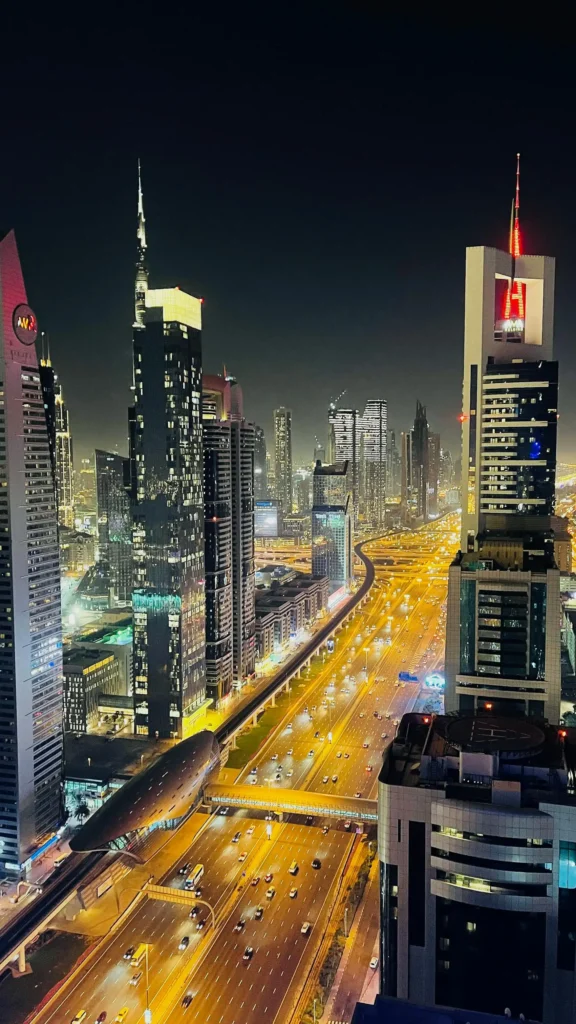
You may be interested in reading other articles: The Dying Earth, The Futuristic China’s Hegemony, Global Inflation, The lasting impact of Music, and Anton’s Invention Conquering the World.

But the NEOM City Project is a promise that, if fulfilled, will bring the Middle East to the center of global attention. The city will be a practical demonstration of all the commitments made by the Middle East governments. Let’s take a look at the futuristic dream of KSA and evaluate its significance, as it is the most crucial initiative that would revolutionize the scope of technological development.
Neom City:
NEOM City is located in the northwest of Saudi Arabia along the Red Sea and its geographic area spans over 26,500 square kilometers. It is divided into ten regions and the construction plan for four regions is made public. The first region is Oxagon, which would be an industrial zone and a place for business investments. The second one is Trojena, a skiing destination completed around 2026 that is said to host the 2029 Asian Winter Games. The third region, Sindalah, will be a luxury island with resorts and hotels for tourists. The fourth region is the most unbelievable phase, called the line, which would be 170 km long and situated between 500-meter-long glass skyscrapers. This 200-meter-wide city would be equipped with the latest technology and is said to accommodate 9 million people. The city infrastructure promises to abide by UN SDG goals and would run on zero carbon or 100% renewable energy. This aspect seems practically impossible, although the idea of green spaces and green energy seems appealing.
Regardless, this project is funded by the Saudi Sovereign Fund, which has estimated assets of around 620 billion dollars. However, estimations say that the real cost of the project may increase to 1 trillion dollars and a partnership with foreign investors will be needed.
Despite, all the tall claims proposed by the city developers, they seem far-fetched from reality. Experts have raised many structural, architectural, and environmental concerns regarding its construction. If the cost is put aside, questions are being raised about the design and living conditions inside the Line City. However, humans have always made the impossible possible, so all eyes are on the vision of KSA and whether it will turn out as promised.
Free Zones in MENA:
Driven by strategic economic expansion, the Middle East owns several free trade zones to empower business collaboration and expansion across the globe. A free zone, or free trade zone, is an area within a country located near ports or airports where businesses can operate, primarily established in developing countries to provide foreign investors with special economic stimulation. It offers business development with foreign engagements and investments. Today, there are up to 100 free or special economic zones across the six GCC states, with more than 40 located in the UAE alone, each specializing in a different sector or type of trade.
UAE
Of all the GCC states, the UAE offers by far the widest range of full free zones with more than 40 multidisciplinary Free Zones. Dubai hosts the majority of the UAE free zones, with the highest costs for rents and utilities, as well as long waiting lists for the more popular free zones such as Jafza, the Telecom Free Zone, Dubai Airport Free Zone, DIFC, and DMCC.
The other major working Free Zones all over the Emirates are Masdar City Free Zone, Khalifa Industrial Zone, Jebel Ali Free Zone, Jumeirah Lakes Towers Free Zone, Hamriyah Free Zone, Ajman, Fujairah, Ras al-Khaimah, Umm al-Quwain and many more.
Qatar
Three of Qatar’s main ‘free zones’ operate with 100% ownership and a zero-tax regime in services-focused specialized businesses, promoting business expansion in the region.
1. Qatar Financial Centre (QFC)
2. Qatar Free Zone (QFZ)
3. Qatar Science and Technology Park (QSTP)
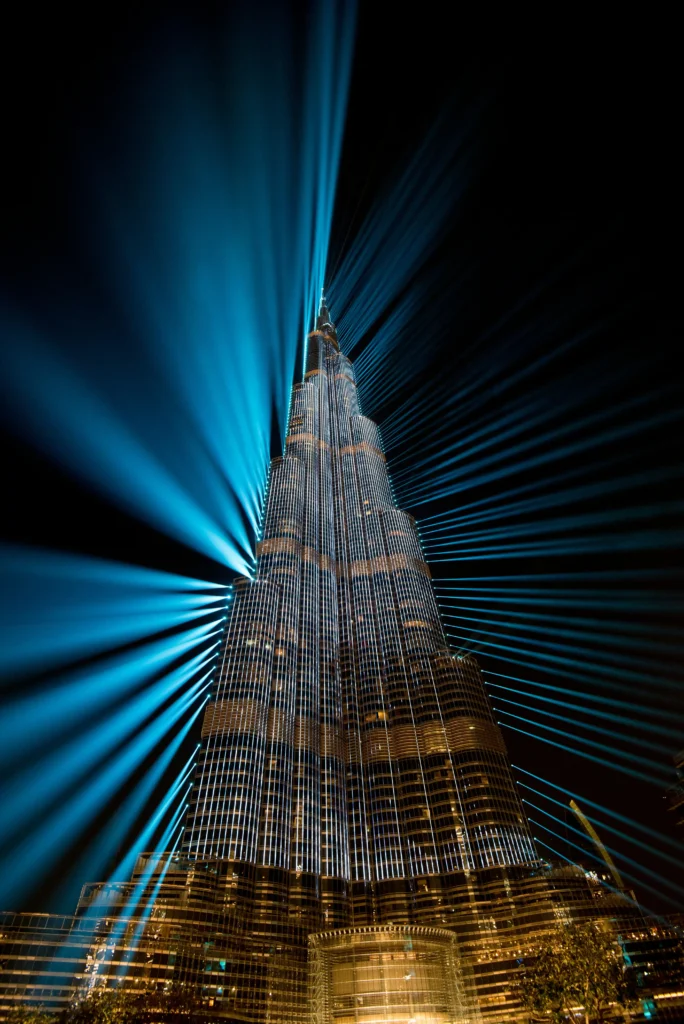
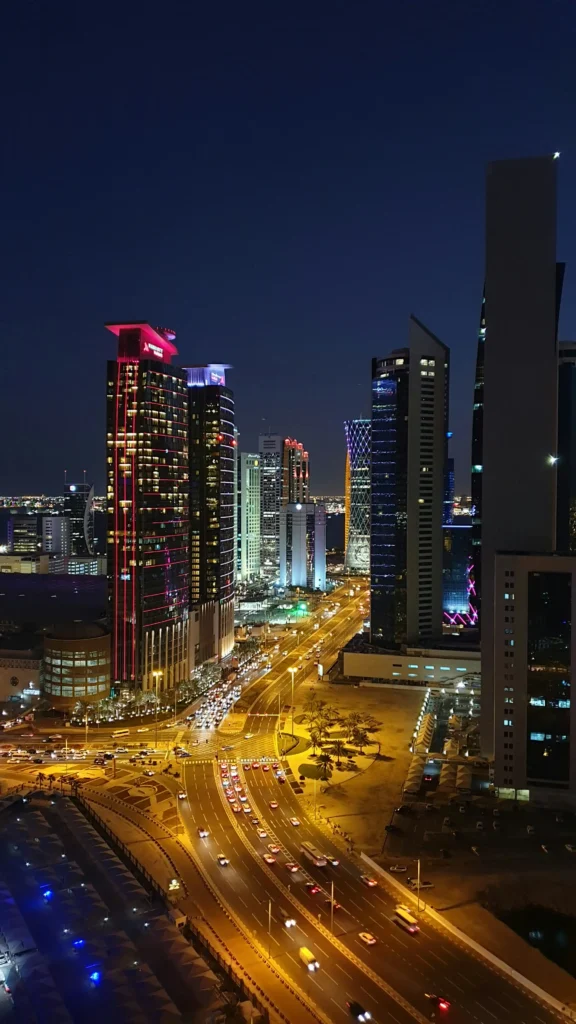
Saudi Arabia
Saudi Arabia has Special Economic Zones’ targeting sectors like Light Industries (Biopharmaceutical, Medical Devices, Car Assembly, and Consumer Goods) Logistics, Shipbuilding & Marine Industries, Marine Services, Offshoring & Rig Building, Metals Conversion, Food Industries, and Cloud Computing, driven by Vision 2030.
1. King Abdullah Economic City (KAEC) – Focusing on sectors like Automobile supply chain and assembly, Consumer goods, ICT (Electronic light manufacturing), Pharmaceuticals, Medtech, and Logistics.
2. Ras Al Khair – Focusing on Shipbuilding and MRO, Rig platforms, and MRO
3. Jazan – Focusing on Food Processing, Metal Conversion, Logistics
4. King Abdulaziz City for Science and Technology (KACST) – Focusing on Cloud Computing Services
5. Special Integrated Logistics Zone– Focusing on Consumer products, Computer parts, Pharmaceuticals, Nutritional and medical supplies, Aerospace spare parts, Luxury goods, jewelry, and precious metals
Conclusion:
Overall, the Middle East’s advanced development has not only brought a gigantic Economic diversification around the globe but it has ended the centuries-long stereotypical image of the Gulf region.
Who knew that the Middle East we used to look upon as the most conservative among the region, will turn out to be the fastest yet more visionary in development than any other region?
Its healthy competition and collaboration with the Western world and within the states themselves are essential to navigate the shifting dynamics in the region’s economic landscape. The rightful approach towards investing in cooperate sectors, promoting innovation, business, and sustainability in the region, will be a catalyst for a fruitful future.
Similarly, carrying their traditional and cultural values along with the flexibility to change for the fast-evolving world instead of following orthodox conformity will offer a great future ahead. That’s how we can thrive for an advanced future and a better world to live in!
